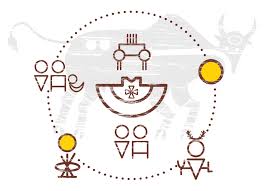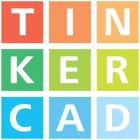Yesterday, as many of you know, the ABC show Roseanne was cancelled after a very promising re-vamp. This story in the news presents a perfect teachable moment for many middle and high school students. The show’s star, Roseanne Barr lost a television series over a tweet. One particularly racist tweet.

As many students look for summer jobs and apply to various companies, it is part of the learning process for them to recognize that their digital footprint is part of their identity.
Mediasmarts is the number one site to go to for digital citizenship resources for all ages. Clearly, having a neutral social media profile is not always covered at the dinner table and teachers are on the front line with students to educate them about the repercussions of posting controversial comments and activities.
Starting the conversation with some experiences that students and teachers can attest to – about someone who called in sick and then posted photos of the awesome party they were attending, or particularly profane tweets seen by potential employers. These stories have become the stuff of urban myths.
Using articles that are advising job-seekers like, “Why career-minded professional should think before they tweet” show students that posting responsibly is a life-long process and not just something to pay attention to in middle school and high school. As part of the modern job application process, students should take for granted that someone will google them and look at their social media postings that are not hidden behind privacy walls. Why not include a short lesson on using LinkedIn as a valuable place to keep your work history accessible to employers?
In a follow-up lesson, discussions about the algorithms used by Google and other sites to collect data about you and customize advertising and information to your “likes” would be great information for students to have. Although teachers often take for granted that this “digital generation” is knowledgeable about the workings of the internet, you may be surprised about how little they know about privacy, data collection and the manipulative nature of various websites. This interesting video from Scientific American, “How does Google know everything about me?” , shows how your data is collected and used to entice you to purchase or join what is being advertised.
The conversation about digital footprints and keeping a “clean” social media identity may start and end at school without much in the way of parent involvement but it is information that is so important for each and every student.



